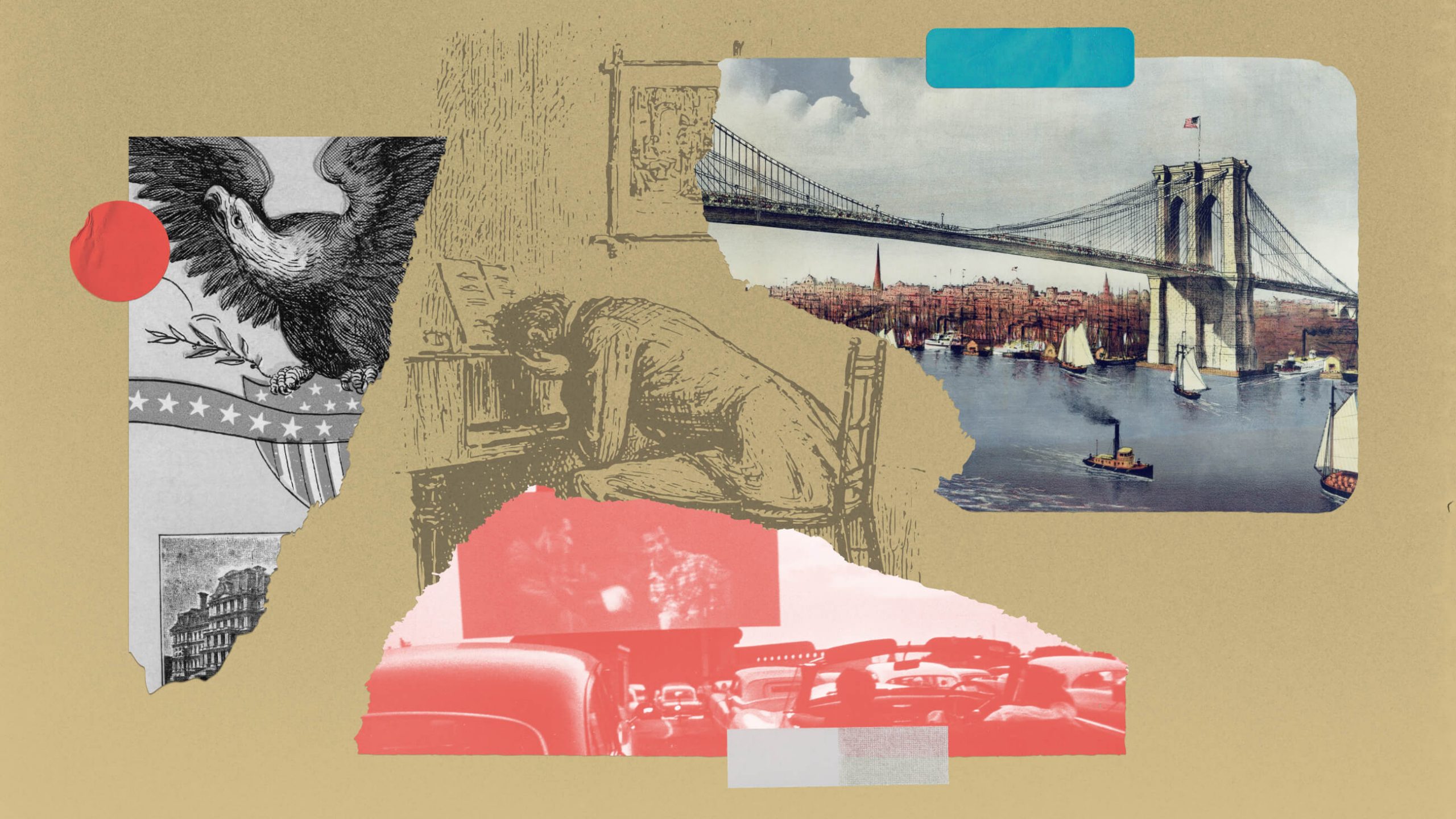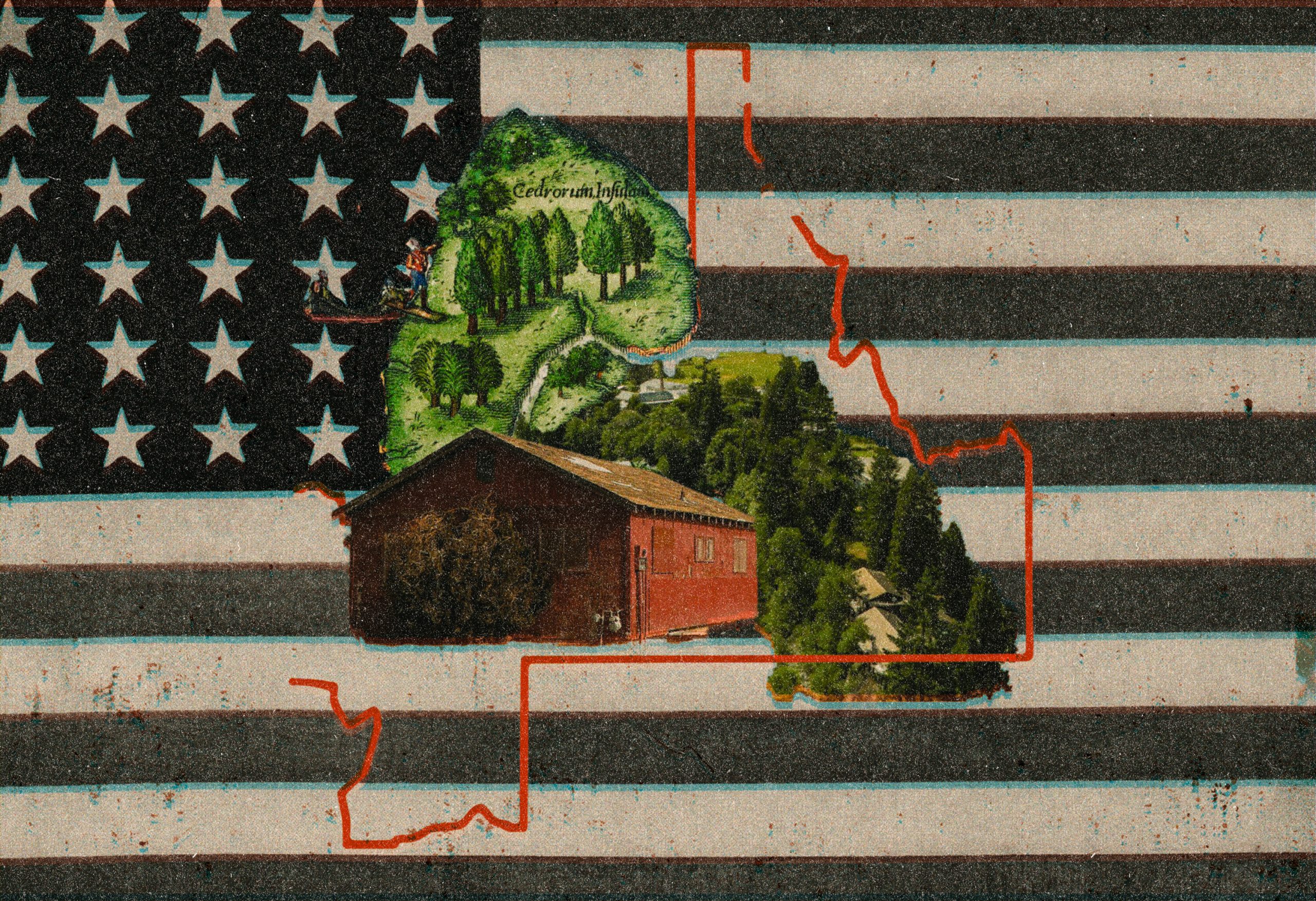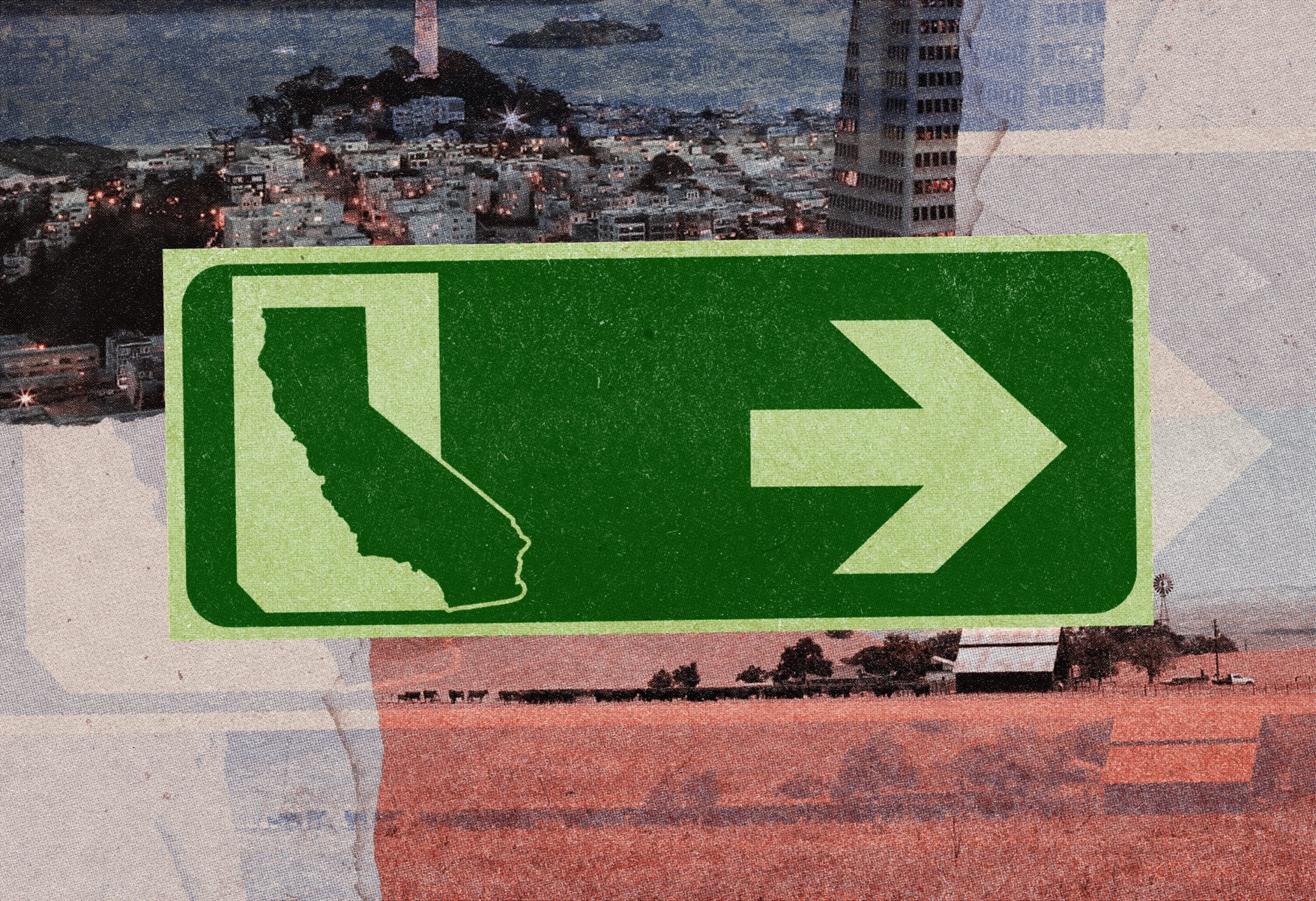A movement grows to upsize the Gem State.
Breaking Up is Ours to Do

The possibility of secession has never seemed more plausible.
With talk of D.C. statehood, there’s renewed interest in redrawing state boundaries across the U.S. Upstate New York doesn’t have much in common with New York City, or eastern Washington with Seattle. We’ve long been aware of this, but what’s new is the depth of the divide between, say, Washington’s Lincoln County (73% Trump) and King County (75% Biden). And it’s not just how they vote. In their most fundamental beliefs, they’re almost two different countries.
That doesn’t mean we’ll rejigger the map, however. Before that can happen, we’d need three things. First, it couldn’t happen without a perfect political alignment, with the party engineering the split ensconced in power in both the state and in the federal government. Second, the split would have to advantage that party. And third, the change must be seen to be excused by the extraordinary circumstances of the time.
One could imagine that happening if no new state were created. Eastern Oregon wants to join Idaho, and both states might want that. The attraction for Idaho is plain, while Democrats in Oregon might see this as a way to eliminate a Republican voting base.
But creating a new state would be something else entirely. It last happened in 1863, when West Virginia was admitted to the Union. The Republican Party was solidly in power in Washington, and also in the tiny, rump state of unionist Virginia which the Army of the Potomac had created in Alexandria. The new state would also be Republican, and would vote to ratify the Thirteenth Amendment. Finally, during the Civil War everything was up for grabs and the creation of a new state was not thought remarkable.
There’s nothing like that today. True, the Democrats are in power in the federal government and Olympia, Washington, but if they created a new state out of eastern Washington it would result in two new Republican senators. If they were looking for an electoral advantage, the Democrats would have to do something like cleave off San Francisco from Los Angeles, absent the justification of a national emergency like the Civil War.
Before that would happen, we’d be more likely to see a full-blown break-up of the country. That would be easier than you think. And also harder.
What’s harder is finding a solid majority in any state that would want to exercise the exit option. No state today is so embittered about the union as South Carolina (“too small for a country, too big for an insane asylum”) was in 1860. Nor is there a section of the country willing to join a contiguous state in disunion.
That can change, as we become more divided. But it’s not 1860, and back then southern states thought secession was relatively simple. The federal footprint was very much smaller in 1860, and it was no great matter for every federal office holder in South Carolina to resign and go to work for the state. Then there are the federal welfare payouts that would cease on secession. When Quebecers were asked to vote on independence, a powerful argument for the federalist side was “Who do you think is going to pay for your unemployment insurance and social security?” Finally, there are the cross-border economic ties amongst the various states.
That’s why the Quebec separatists said they really didn’t want independence. What they wanted, they said, was something called “sovereignty-association,” where after a successful vote on secession the province would begin negotiations with the rest of Canada (“ROC”) on free trade and movement of people. There was much more popular support for that than for outright independence. The problem was that it was by no means clear that the ROC would be willing to negotiate with Quebec, after what to them felt like a slap in the face. In the end, the separatist movement in Quebec died after the ROC grew tired of concessions to Quebec, and called the province’s bluff.
On the other hand, secession wouldn’t be entirely impossible either. As I argued in American Secession (2020), a civil war would be unlikely, and we’d be more likely to see a pacific James Buchanan in the White House than an indominable Abraham Lincoln. Many on the Left consider “Jesusland” to be a backward burden worth shaking off; many on the Right consider the biggest deep blue states to have shaken them off already. A majority party in Washington would recognize how it would be strengthened by the secession of a dissenting state. That’s how the Republican Party came to dominate national politics in 1860-76.
Second, “donor” states that send more money to Washington than they receive back from the federal government would find it financially advantageous to secede. It was the opposite in Canada. Quebec was a “have-not” province, and those opposed to secession spoke of an anti-separatist “profitable federalism.” By contrast, secession would pay for itself in California, since the state sends more money to Washington than it gets back.
Finally, the legal barriers to secession are weaker than most think. Originalists on the Court would recognize that the framers had thought secession permissible, while its more liberal members would find it difficult to ignore the expressed wishes of voters in a state. Is an indissoluble union a more fundamental constitutional norm than democracy? Canada and Great Britain posed that question, and answered no.
While the Supreme Court held that secession was unconstitutional in Texas v. White, that was a decision of a unionist Court right after the Civil War. Moreover, the decision assumed that the 1781 Articles of Confederation, which spoke of a “perpetual” union, had survived when the Constitution was adopted. Had that been the case, however, the Constitution would not have been ratified until the last state signed on in 1790, and George Washington’s election two years earlier would have been a nullity.
There’s one lesson we can take from 1860, however. Once a serious secession movement begins, there’s no telling where it may lead.
The American Mind presents a range of perspectives. Views are writers’ own and do not necessarily represent those of The Claremont Institute.
The American Mind is a publication of the Claremont Institute, a non-profit 501(c)(3) organization, dedicated to restoring the principles of the American Founding to their rightful, preeminent authority in our national life. Interested in supporting our work? Gifts to the Claremont Institute are tax-deductible.
State and Federal officials must give local governments room to breathe.
A Better future for Puerto Rico—and America—awaits.
A political quake to break up California is just what residents could need.
It’s time to split the Empire State into three autonomous regions.





